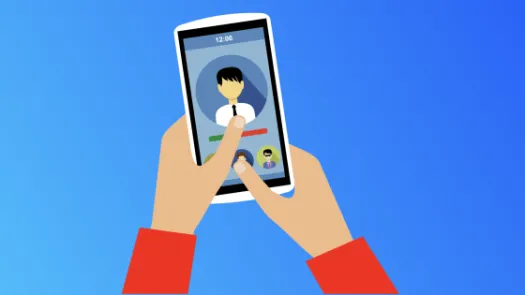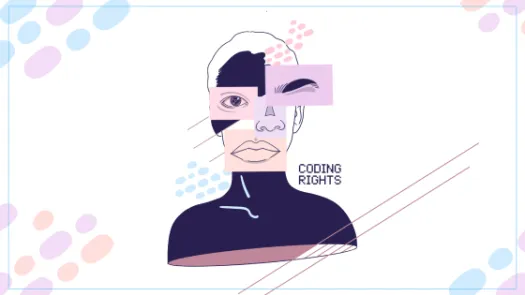A day in the life of Carolina, a 34-year-old cis woman living in downtown Santiago

Written by Datos Protegidos
04:16: Carolina can´t sleep. She grabs her mobile from the nightstand next to her bed to check her WhatsApp notifications and read some tweets. She decides to disconnect to and tries to go back to sleep.
07:00: Carolina is woken by her mobile phone alarm. She picks it up and checks her social networks and messages again. To her astonishment, she finds a message in a WhatsApp group from her former college classmate Pablo at 5:25 asking if anyone was still partying.
07:30: Carolina connects her exercise app and walk to the gym. It geo-locates the route. At the gym, she puts her finger on the biometric access control. The app says she has burned 200 calories.
08:05: Carolina returns home, and while preparing her breakfast, she checks her Twitter and Facebook timelines and reads some news quickly.
08:31: She leaves her building. Two private security cameras record that. She walks to the nearest metro station. Four security cameras record her on the street. Then, she uses her BIP card to enter the station and take the train to work.
09:00: On the way to work, Carolina is recorded by no less than six public security cameras located at different points of the street. Once at work, she must use her fingerprint in the biometric access control. To enter the building, she must also use a credential for the turnstile.
12:02: She arrives at an appointment with her gynecologist for a routine check. To be seen by the doctor she must give her personal ID number (RUT) and put her fingerprint in a biometric reader. She pays for the appointment with her credit card. The doctor registers everything in an electronic clinical record managed by the clinic, which is owned by a private health insurance company.
12:54: After her appointment, Carolina goes to the pharmacy to buy contraceptives. The seller asks for her RUT to check if she is eligible for any discounts. She receives 300 Chilean pesos (less than a half $US) of discount.
13:30: At lunchtime, she meets with her friend Susana. The restaurant has its own private security cameras. Carolina pays for lunch with her credit card. Before saying goodbye, they take a photo and upload it to Instagram and Facebook. Facebook recognizes her face and her location and immediately suggests ‘checking in’ their visit to the restaurant. Carolina does that and also writes a review. After lunch, Facebook highlights Susana’s posts and activities in Carolina’s notifications and stories.
14:30: Time to return to work. Ten surveillance cameras between the street and the building register her entrance to the building. She has to use her credential for the turnstile again.
16:00: Carolina has a meeting outside the office with a client. The company sends a taxi, monitored by GPS. When she gets to the client’s office, the doorperson asks for her RUT, and the doorperson also scans the ID card. A photograph of her is taken and all the information recorded.
18:00: On the way to the subway is recorded by six public security cameras. She used the transportation card (BIP) at the subway. At the station and on the way home, she is recorded by 12 cameras.
19:00: Carolina must do some shopping. She takes her car. On the highway, several gates registered her route in an automated system. When she gets to the shopping center, the access control registers her license plate number. At the supermarket they ask for her RUT to earn points. She doesn’t have any discount today, but she does earn 10 points.
20:30: Carolina goes to her sister Juanita’s house, to pick up a dress from her that they chatted about in Facebook messenger. She doesn't feel like driving again so calls an Uber. The driver picks her up and takes her to Juanita's house. The neighborhood where Juanita lives is covered by surveillance drones and balloons. When Carolina gets inside the building, the doorperson requests her personal information: name and RUT. All of that information gets recorded in a system. In the cloud. Somewhere.
22:03: Finally, she goes back home. While in bed she does some online searching for hotels to stay next weekend and also checks when her period will arrive using a menstruation app. Then she fills a Facebook test ’What would you be like if you were a man?’ and then another from BuzzFeed fill another test, ’Are you good in bed according to the drink you prepare?’
22:30: Before she goes to sleep she has a last check of her social media feeds, which are filled with ads about hotels, bars, dating apps and gynecologists.



